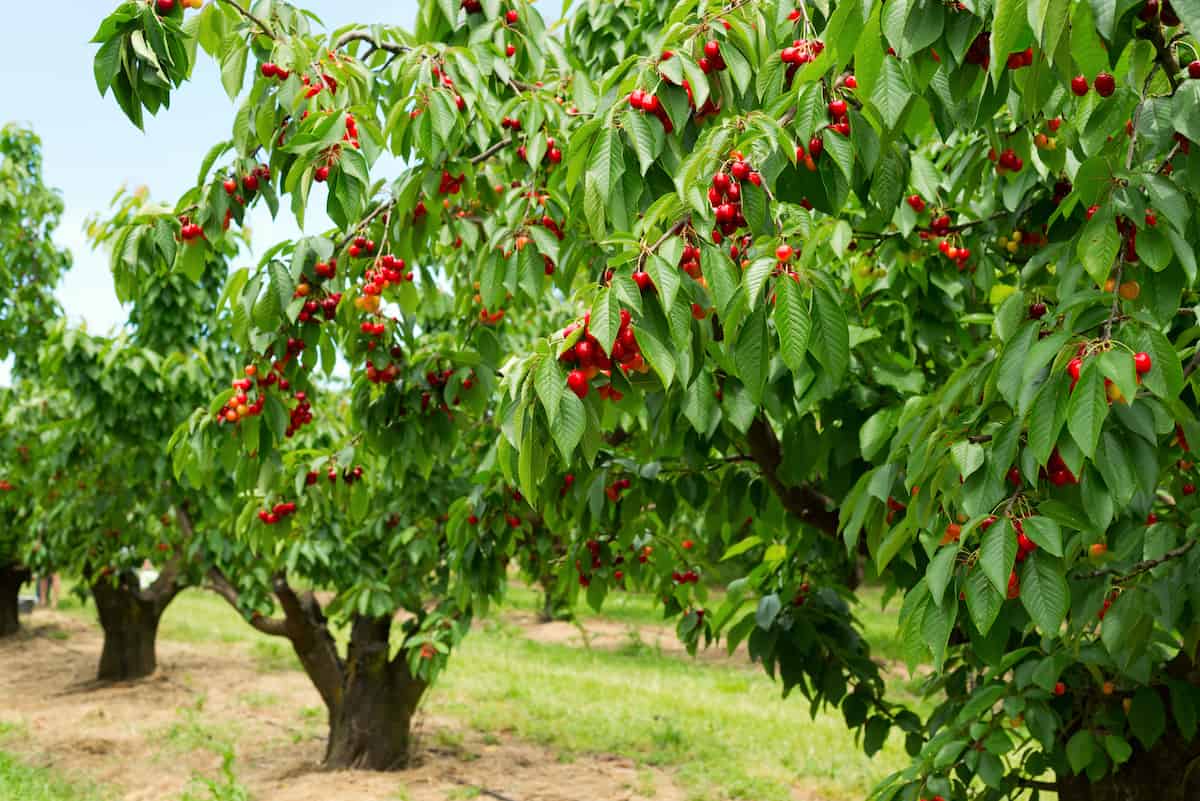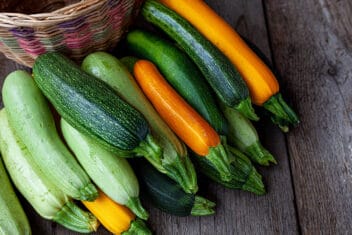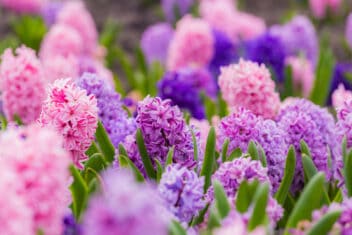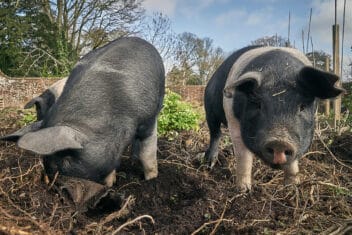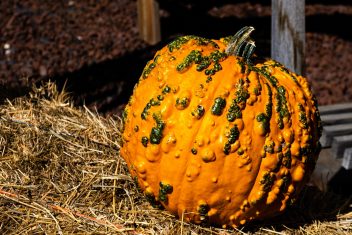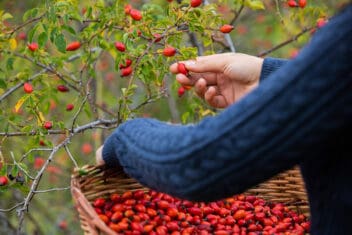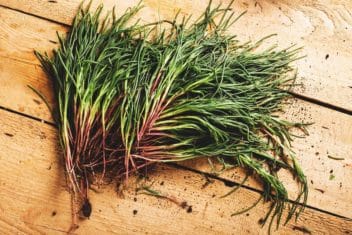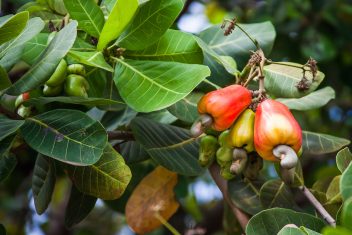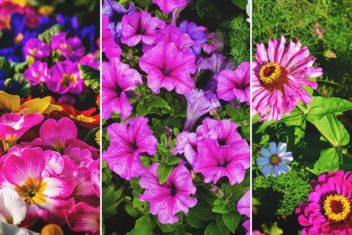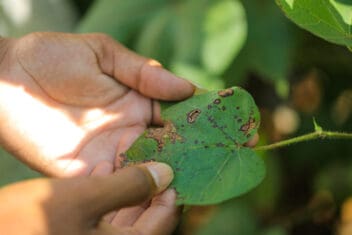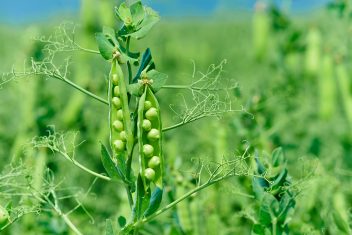If you’re thinking about growing an edible backyard garden, fruit is a smart choice.
After all, most fruits are not only easy to grow, but they’re quite expensive to buy at the grocery store too. When you learn how to grow fruit, you can dramatically reduce your monthly grocery bill.
However, many gardeners shy away from the idea of growing fruit, believing that their properties don’t have enough natural sunlight to grow healthy fruit plants.
That’s not the case! Gardening in shaded areas is possible – you just need to find the right shade-tolerant fruits, herbs, and vegetables. There are several edible plants that grow in full shade, and dozens of different kinds of fruit to note, too.
Here are some options for fruit plants that grow in the shade – as well as tips on how to do it properly.
Assess Your Garden First
Before heading to the garden store or flipping open your seed catalog, take a good, hard look at your garden. Is it really shaded – or only partially shaded?
Is your shade dry, or damp (for example, if it is at the bottom of a slope, it is probably damp shade). What aspect does it face – north, south, east, or west?
This will affect which areas receive lots of sun and which ones are in shadow for part of the day – or all day.
Not all shade is built alike, so make sure you take the time to monitor the way the sun moves across your garden. Ideally, you will do this over a long period of time – a year or more – so you can see how the patterns change with the seasons, too.
Maintain Fertility
Maintaining fertility in a shade-tolerant fruit garden is just as important as maintaining fertility in other areas of your garden.
If you are attempting to grow fruit in a shady spot, you are already depriving them of sunlight. Don’t deprive them of nutrients, too! It will only make them work harder to grow. Improve your fertility before planting by adding lots of aged compost, and topdress annually with a compost tea or another kind of fertilizer.
Pick the Right Plants
1. Muscadine Grapes
Muscadine grapes are a great choice for partially shaded areas. They grow best in warmer climates but make delicious wines and pies. The more sun this plant receives, the more fruit it will produce – but it doesn’t need a lot of sun to produce a crop.
2. Pears
Pears need a bit of sun, but they can also produce in partial shade. Choose an early producing variety and plant in a west-facing direction so they can at least get some sun. Once established, pear trees require little care.
3. Plums
Like pears, plums do require a small amount of sun. Just a bit of the morning sun is adequate, though. Plums should also be planted in moist soil.
4. Rhubarb
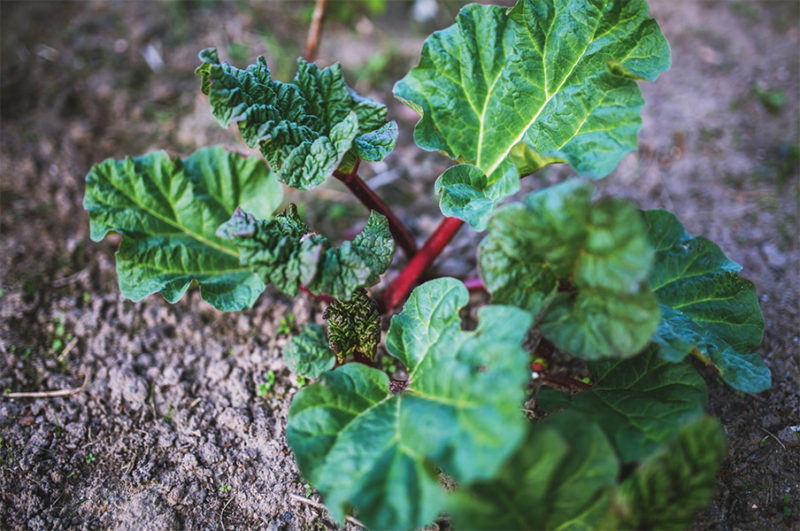
Rhubarb is often thought of as a fruit, although in reality, it’s actually a vegetable. It is also a perennial, so you won’t have to replant it every year. It can last several decades, in fact, with very little care. The best varieties include ‘Stockbridge Arrow’ and ‘Victoria’, although just about all kinds of rhubarb fare well in the shade.
For the best growth, plant in fertile soil and make sure you weed religiously.
5. Cherries
Cherries grow well in shaded locations because they don’t rely upon the sun to sweeten them, as other fruits do. They can be grown on a north-facing wall to save space.
6. Kiwi
Kiwi, particularly hardy kiwi, can easily be grown in the shade. Just make sure you give your plants a trellis to climb. A bit of sunlight each day can also be helpful.
7. Pawpaw Tree
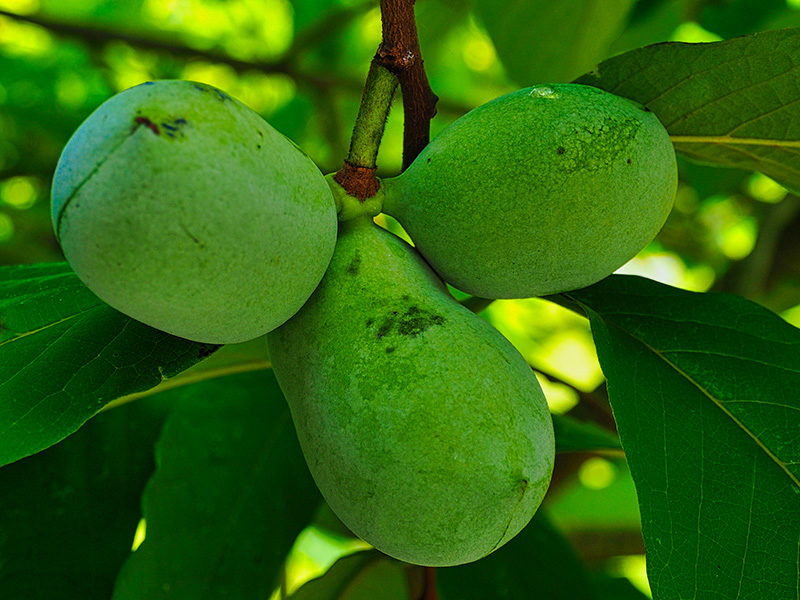
The pawpaw tree is native to the US and is a tropical fruit. It is also valued for its ornamental uses. It requires just two or three hours of sunlight each day.
8. Blueberries
Most blueberry cultivars require full sun – but not lowbush blueberries. These plants can tolerate light shade and even cool temperatures. There are some cold-tolerant cultivars that can be grown in USDA zone 3.
9. Currants
Currants are also shade-tolerant fruits, although most people overlook these delicious fruits in their garden. They are rich in vitamin C, though, and make a delicious pie or jam. Good options include ‘Ben Hope’ and ‘Ben Connan.’ You can grow currants directly in the ground or in containers.
10. Elderberries
Elderberries also thrive in partial shade. These plants not only produce an edible crop, but they are also quite fragrant. You can harvest your elderberries and use them in preserves and wine.
11. Gooseberries
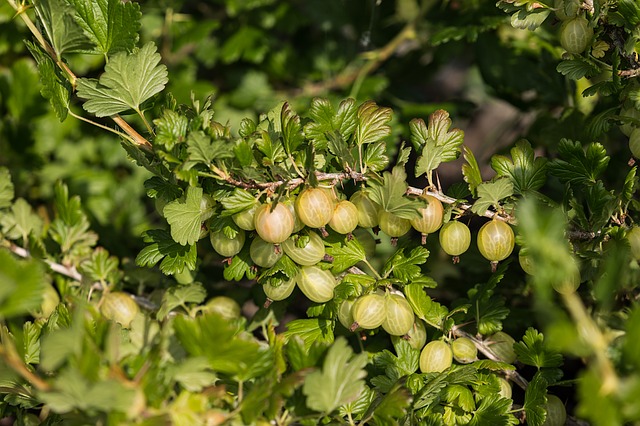
The humble gooseberry isn’t a fruit you’ve likely given a lot of thought to. However, gooseberries are absolutely delicious and do well when cooked into jams, pies, and other delicious treats. The gooseberry plant is technically a shrub. It grows well in different kinds of soil and does well with lots of shade.
That said, gooseberries are often sweeter when grown in full sun, so if you have a sunny patch available, don’t be afraid to plant a gooseberry shrub there, too. Some good culinary varieties of gooseberry to try include ‘Greenfinch’ and ‘Invicta.’
12. Serviceberries
Serviceberries, or juneberries, grow well in the shade and can be used to produce jellies and jams. Just make sure you time your harvest well – birds often scarf up the fruits before you can get to them!
13. Lingonberries
Lingonberries are popular in Scandinavia, though they’ve yet to catch on in the US. Grown as a shrub, this low-lying plant grows in the understory of Scandinavian forests. It only makes sense that it would like being grown in the shade!
14. Alpine Strawberries
Many cultivars of strawberries require the sun to ripen up and become sweet. However, that’s not the case with alpine strawberries. These cultivars are meant to be planted at higher altitudes so they are used to cooler temperatures and reduced light.
They are also very low-maintenance, although the fruits tend to be much smaller than what you are used to seeing on other strawberry plants.
15. Raspberries
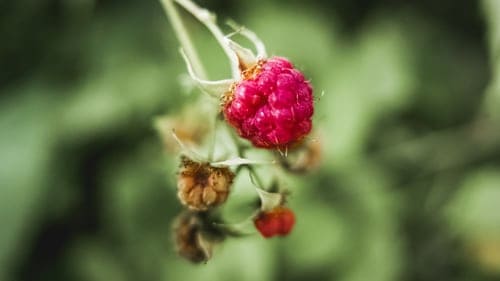
Both raspberries and blackberries grow well in the shade. They are low-maintenance and several varieties are available, including those that fruit in the early summer, midsummer, and even early fall.
Manage Moisture
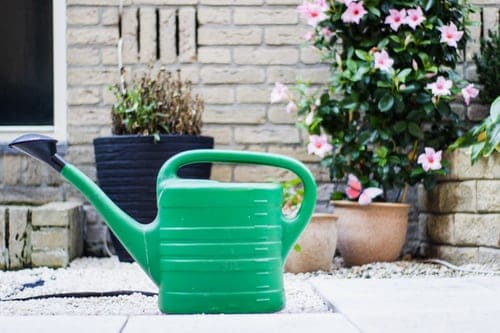
Plants that are grown in shaded areas tend to stay wet longer. Therefore, they may be more likely to suffer from diseases.
There are several ways you can reduce or manage moisture. For one, make sure you do your best to level out the planting area as much as possible. If your garden is planted on a slope, there is a good chance that water will run off and pool around your plants. Since the sun won’t be around as much to dry the soil, that water can lead to rot.
If you can, grade the plot before planting. If that’s not an option, consider building a terraced garden or using raised beds to mitigate the run-off.
Avoid watering at night, which won’t provide your plants enough time to dry out. Instead, water first thing in the morning and only when your plants actually need to be watered.
Space Properly
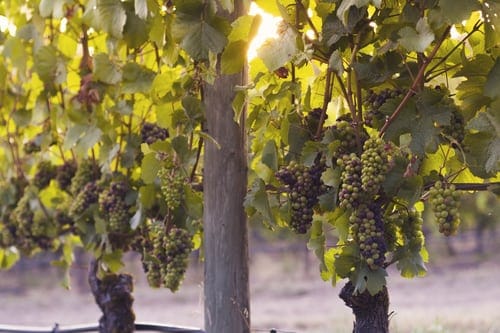
Spacing is important for all gardens, but especially in one that is shaded. A shaded garden is more likely to stay wet and it’s also more likely to have reduced airflow. Both of these factors can spell disaster for a garden when it comes to fungal growths and diseases.
Follow the recommended spacing guidelines for your fruit plants of choice (it will vary depending on the species). Your garden might look a bit bare now, as the plants are young, but as they mature you will be surprised at how well they fill in.
Prune Regularly to Improve Airflow
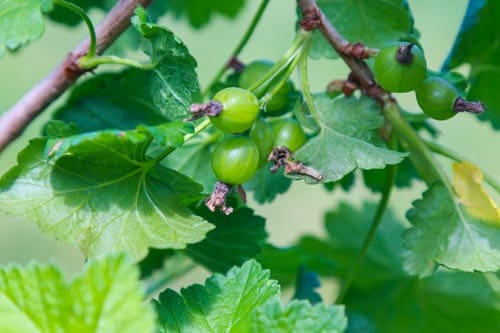
You may want to prune your plants a bit to improve airflow. Proper spacing helps, but you’ll find that once your raspberry bushes grow dense and bushy, there’s still not a lot of space between them. Prune on an annual or semi-annual basis.
Don’t forget about the plants growing around your fruit garden, either. Simply removing a few low-hanging tree limbs can be enough to dramatically increase the amount of light your garden receives.
Make Sure You Mulch
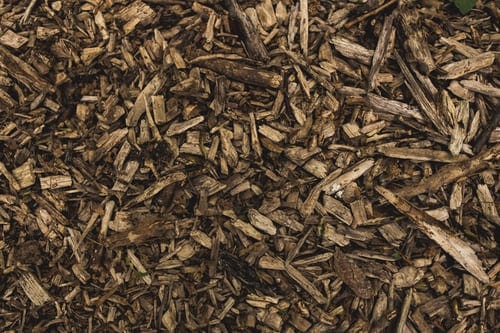
Mulching is an easy way to make sure your shade-tolerant fruits remains adequately moist without becoming too waterlogged. It can also keep the roots of your plants warm when they are grown in cooler, shady locations.
Another benefit of mulch is that it reduces weed competition. You would be surprised at how many opportunistic little weeds still manage to rear their ugly heads – even when deprived of sunlight!
Growing Fruit in Shaded Areas: No Longer Just a Lofty Dream
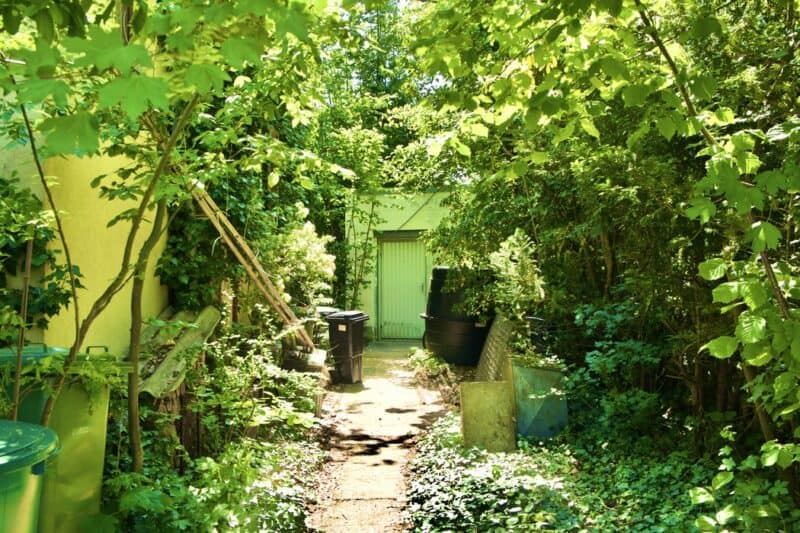
Now that you know these tips for growing fruit in the shade, you don’t have to dream about a backyard fruit garden anymore. It can be a reality!
The key to successfully growing shade-tolerant fruit in not-so-sunny environments is to pick fruit trees and plants that prefer indirect sunlight or total shade.
Don’t plant fruit plants that prefer lots of sunlight – you will be setting yourself up for failure. Following some good gardening hygiene tips, like maintaining good watering hygiene and mulching your garden, can also help.
Otherwise, growing shade-tolerant fruits as edible perennials (and these other shade-tolerant plants) is a great goal for your small homestead – and it’s a goal that you can easily meet.
